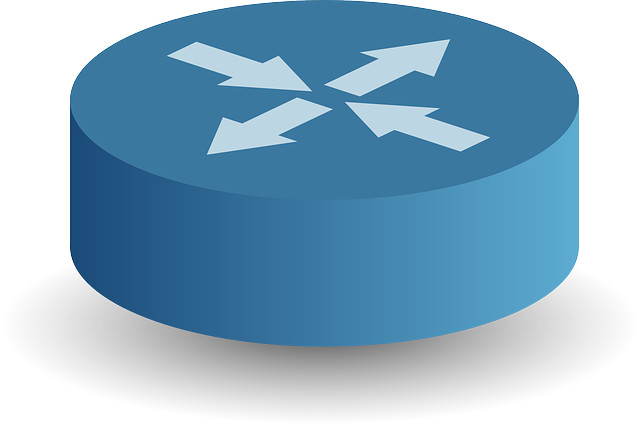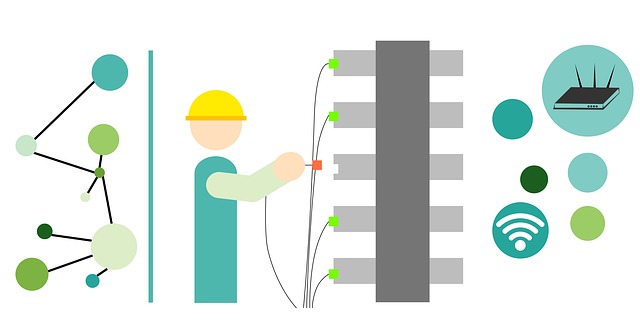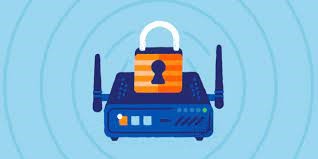What is router? Understanding Network Router
In our last article, we discussed what is switch? the various uses and types of switches in the network industry. But did you really think, that our explanations end there? Well, obviously not!
Considering that the network industry is SO HUGE, our work is never really over, is it? I mean, we have tons of other such switch-like components that need our explanations so that you can understand them better and use them to your advantage. And one such famous component, that we will explain today is ROUTER.
So, let’s begin.
PART 1: What is router?

Obviously, we will start from the very basics, just like usual ie What exactly is a router?
To simplify it, let’s make it clear first that a router is a networking device. But, it is also so much more! And what do we mean by so much more?
Let us explain.
A router is a networking device that forwards data packets between computer networks. This basically means that it acts as the traffic handler on the Internet. In other words, A router is a device that connects two or more packet-switched networks or subnetworks. In a larger sense, we can say that these wide ranges of networks that are present everywhere are connected to each other due to the presence of routers. Moreover, there are several types of routers, but most routers pass data between LANs (local area networks) and WANs (wide area networks).
Now, that we have the basic definition of the way, let’s look at the next part of the article.
Part 2: What is purpose of using a router?

As we already mentioned, a router is a device that transfers packets of data from one network to others. In this sense, it also connects hundreds and thousands of networks to each other. But how does it do it? What functionality goes inside that little box that is called a router?
Let’s break it down.
Let’s imagine an air traffic controller and take the data packets to be different aircrafts. Just as different aircrafts have different routes and different destinations, so do our data packets. This is where air controllers or routers, in our case, come in. They guide the data packets to correct destinations without them getting lost or getting damaged. The routers use unique IP addresses to associate data packets to a particular destination.
To make the delivering or transferring process more efficient, a router uses an internal routing table. This means, that it uses a list of paths to a particular destination. As soon as the router is asked to send a data packet to a specific destination, it uses that list of paths to figure out the most efficient path to that destination. Smart, right?
Now, we come to the third part of the article, and tackle the age-old question, is there only a single type of router? Or just like the switch, routers come in a variety as well?
See also: Computer Networking for beginners | Let Start Now
Part 3: What are routers in networking i.e Different types of routers
Well, we’re in luck because yes, there is a wide range of routers you can choose from. We are going to discuss the two of the most common types of routers in the scope of this article. These are wireless routers and wired routers.
- Wired router: As the name suggests, a wired router uses an Ethernet cable to connect to a modem. What this router does is then uses separate cables to connect to one or more devices within the network and ultimately create a LAN to finally link the devices present in that network to the internet.
- Wireless Router: Similar to the wired router, a wireless router also uses an Ethernet cable to connect to a modem. But contrary to a wired router, a wireless router distributes data by converting packets from binary code into radio signals It then broadcasts them using antennae. The difference between the two lies in the establishment of LANs. Wireless routers do not establish LANs; instead, they create WLANs.
There are some other types of routers as well, namely, Core router, Edge router, Virtual router, etc.
Now, for the last part of the article, we will let you in on our little secret as to how you can find the perfect router for yourself.
Part 4: How to get a good network router?

- The most important thing to remember is the numbers and types of ports (such as phone, Ethernet, cable, and USB) to make sure you can connect the necessary devices.
- The second important point to notice is the bandwidth of the router. Good bandwidth ensures maximum performance for multiple users. Remember, the more users there are, the greater the bandwidth you will need. Also, you can easily grow your business’s network by adding additional routers or hubs if necessary, but insufficient bandwidth anywhere in the network can cause bottlenecks.
- The third point that most buyers or users often forget is Simplified setup and management. Even though most routers provide a browser-based interface that connects directly to your router to perform setup and admin and it is quite easy, you can still find many manufacturers that offer mobile apps that are designed for their devices and provide more intuitive interfaces and easier setup for the user.
- Lastly, and what we believe to be the most necessary detail is that your router should be highly secured. Your router should at least offer WPA or WPA 2 password protection. Some routers also have firewall software, which continuously scans incoming data for potential malware and viruses.
And that was our beginner’s guide for routers. Hopefully, now you have a deeper understanding of this important aspect of the networking industry.
See also: Software Defined Networking (SDN) for the Internet of Things
Let us know your comment on “What is router network and purpose of using router in a network” in the section below.
If you like this post subscribe our YouTube Channel for IoT video Tutorials. You can also find us on Twitter, Facebook, and Instagram for more updates.
Start your IoT journey with IoT Basics from IoTDunia.
Image references: ecomputernotes










Leave a Review